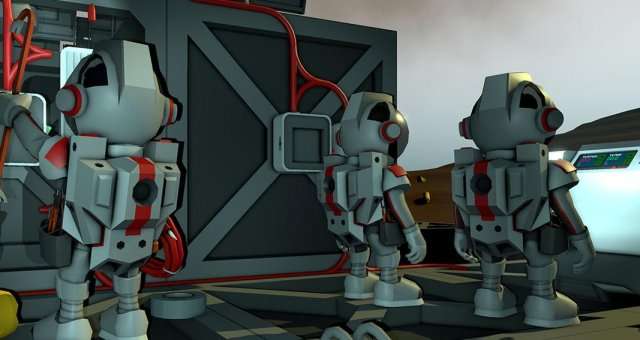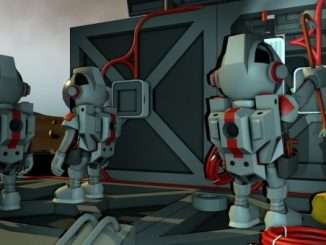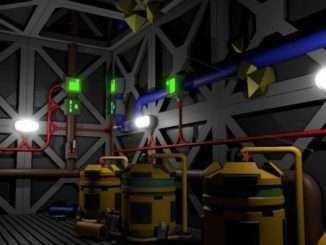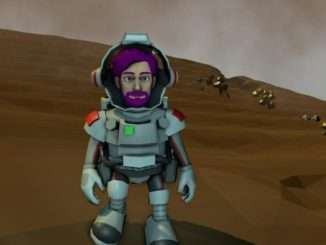
A guide to show you how to build a compact canister handling setup that can create most gas mixtures you need, work with pure gases (O2, H2, N2), and easily empty waste and other canisters.
Canister Setup, Simple and Functional
I wanted a canister fill/unload and flush system that was small, easy to use, and efficient. I didnt want a bunch of canister holders, I wanted one. After some pushing and prodding this is what I came up with.

Explaining time:
Operational stuff
This system takes advantage of the pipe gas mixer’s ability to create pressure. The pipe gauge can be subsituted for a pipe analyzer which would give even more information.
Once the desired ratio is set you turn the desired gas mixer on until you reach the desire pressure. Be warned this system does not have a failsafe installed, on other systems I have seen gas mixers burst pipe due to over pressurization, but the mixer builds pressure relatively slowly so a simple pipe gauge is enough for me for now.
This system does require pure filtered gases to work as desired. When the mixer and volume pump are off they act like valves stopping any sort of back feed into the system.
You typically use 3 gases in canisters in Stationeers, Oxygen (O2) Hydrogen (H2) and Nitrogen (N2)
This setup allows you to mix any desired ratios that you may want for:
- Breathable air: You can use a combination of O2/N2 or just strait O2
- Welder tank: This uses a 2 to 1 mix of volatile to oxygen (H2 to O2)
- Jet back: I use strait Nitrogen (N2) for this, but CO2 would probably be ok for this as well.
Procedure to fill a canister.
- Check all mixers/pump valves are off for this system.
- Make sure canister side (from mixers to canister holder) of system is clear of any other gases. (Check gauge/atmo analyzer with tablet).
- Insert clean (empty) canister into the holder (make sure the valve on the canister is closed, when you look at it, it should say open, that means it is closed.
- Set ration of mixer you would like, mixer on left is H2/O2, mixer on right N2/O2. Note: It is possible to set a mixer to 100% for a single gas allowing you to fill just oxygen if you desire.
- Turn on desired mixer while leaving the second mixer, and volume pump valves off for now.
- Monitor pressure, DO NOT EXCEED 10132.5 kPa otherwise the canister becomes a bomb.
- Turn off gas mixer once desired pressure is reached I usually take my canisters to about 8000kpa and call it good.
- Remove canister and do with it whatever you were going to do.
- Turn on volume pump at 100L to clean any remaining gases (I have my plumbed to go back to filter system to be filtered back into the base gases and resused, no waste.) Monitor the pressure on the guage, or swap the guage to a pipe analyzer which is more specific, the tablet with the atmo catridge will also tell you what is in the pipe. Making sure the system is clear completely will stop cross contamination of gases. Once the pipe is at 0kpa, turn off volume pump.
Procedure for dumping and cleaning a canister. (This works to reclaim waste gases from waste canister, or to clean out contaminated canisters.
- Check all mixers/pump valves are off for this system, and there is no pressure already on the system.
- Insert canister you want cleaned. (You should see the guage climb to reflect a pressure increase.)
- Turn on volume pump, monitor gauge, pipe analyzer, or use tablet with atmo cartridge, drain until it is at zero kpa with no gases whatsoever.
- Once canister and system is clean, turn off volume pump.
- Remove canister, or begin filling.





Be the first to comment